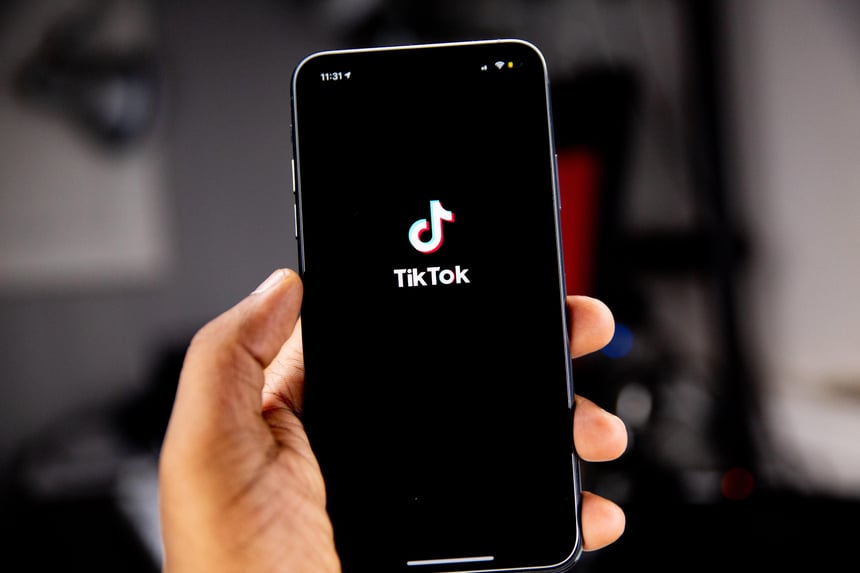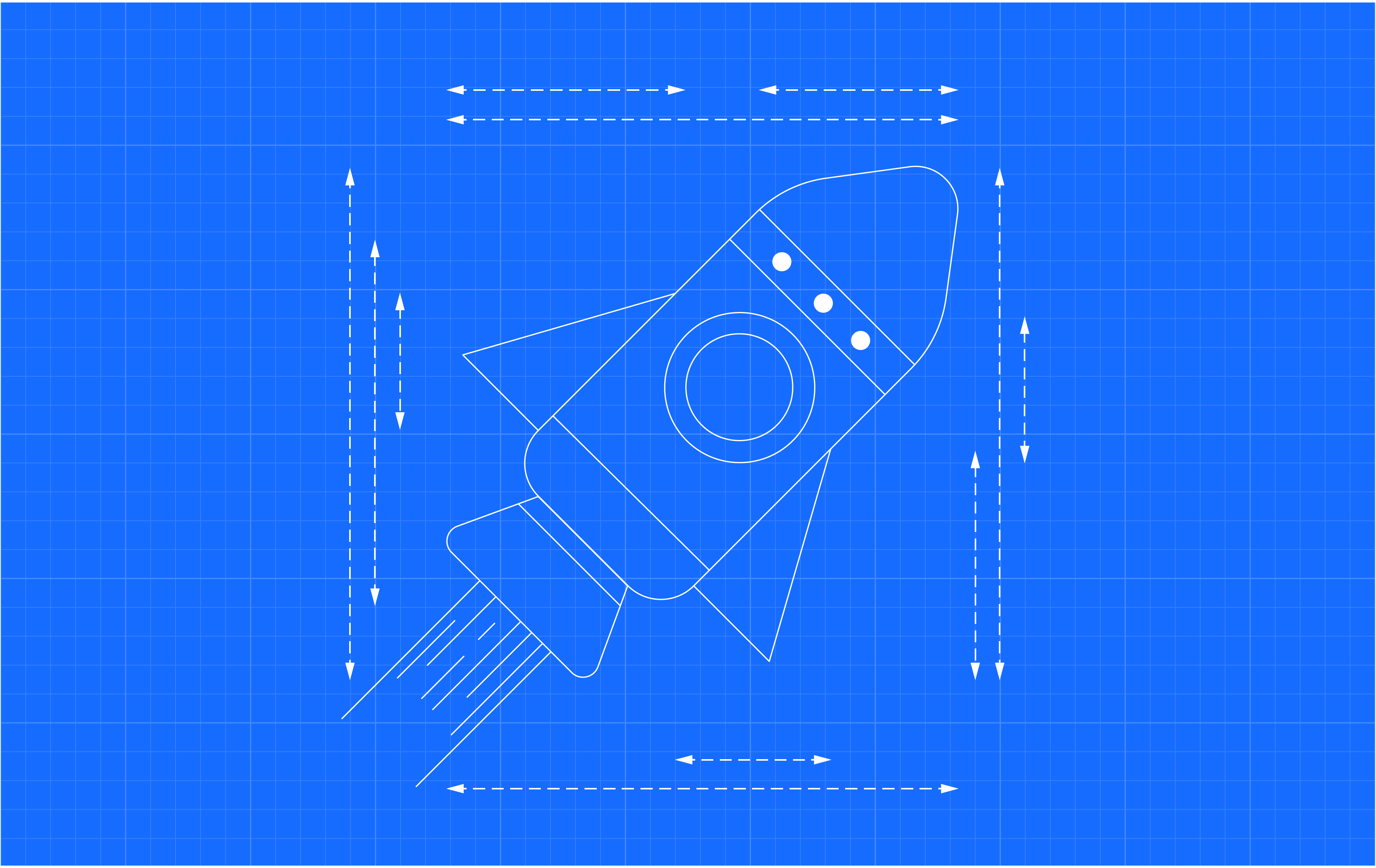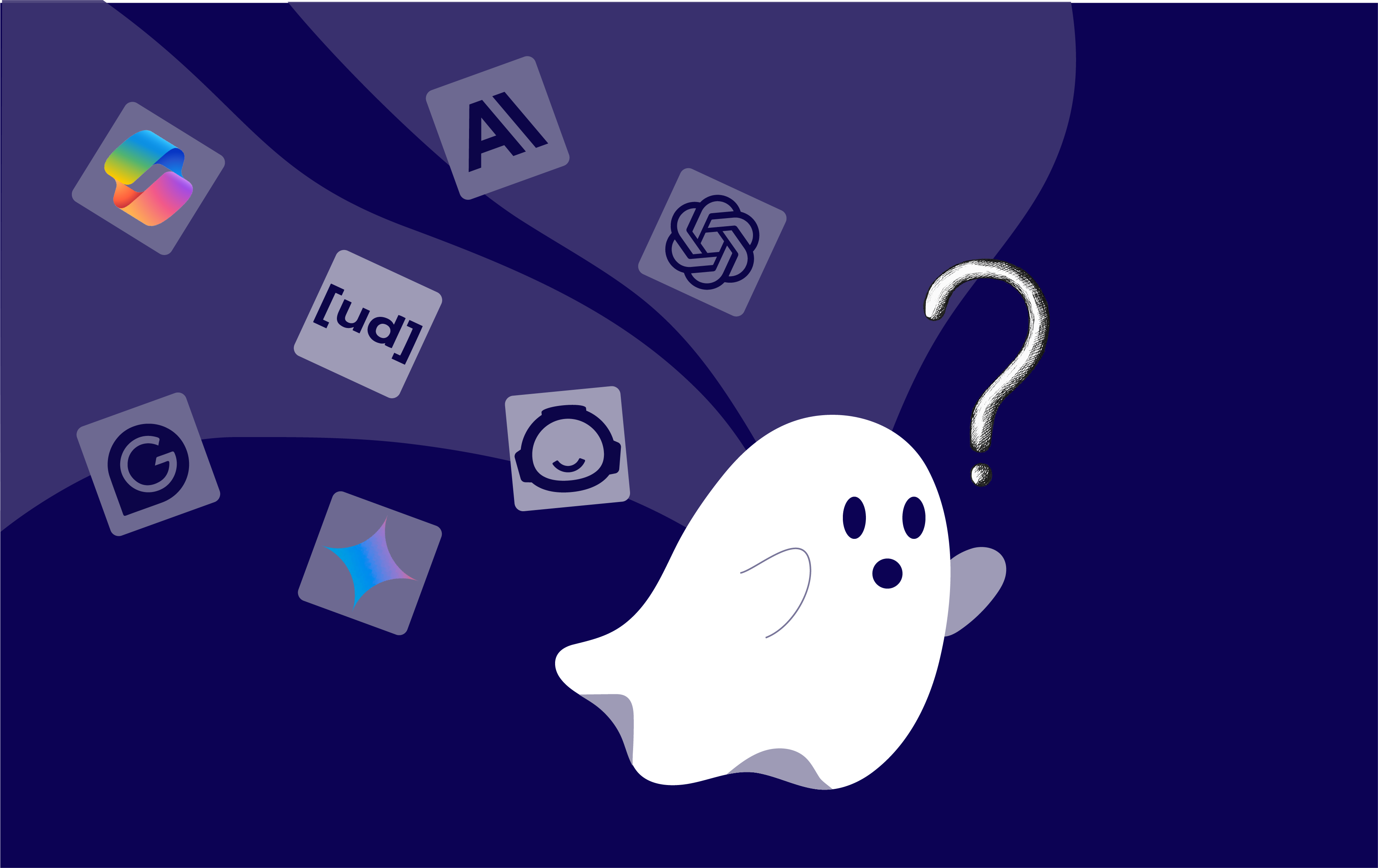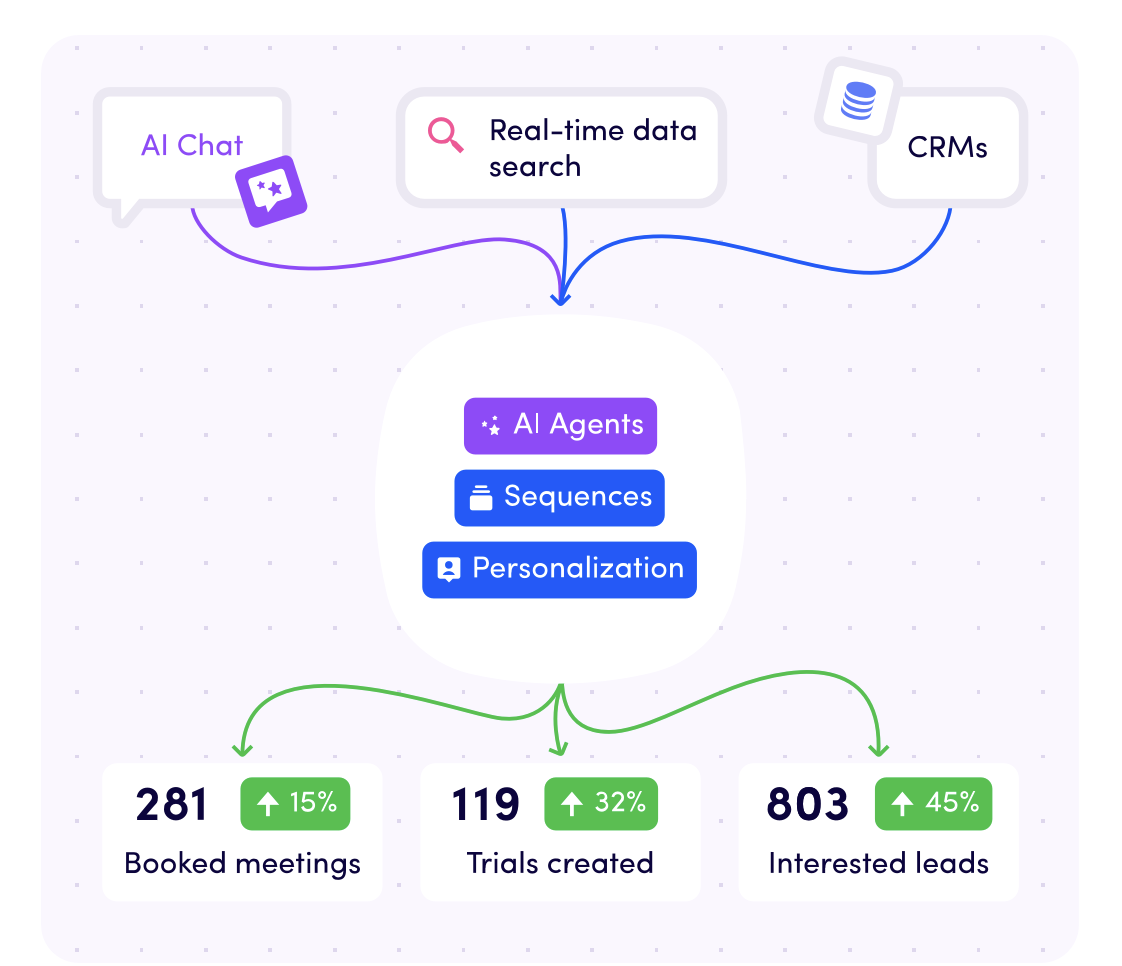The Beginner's Guide To Performance Marketing: What You Need To Know

Update on 06/06/2024
The global market spending is projected to hit $876 billion by 2026. This tells us two things: a) that companies are willing to invest in digital marketing at scale and b) the results of doing so are business-positive.
Source: Statista - Digital advertising spending worldwide from 2021 to 2026
Digital marketing is an umbrella term containing every possible method a company uses to market a product or service to customers.
There are lots of these, some of which you’re probably familiar with:
With so many methods, each with its criteria and nuances, it's not always easy to know from the outset whether a campaign will be successful.
Digital marketing isn’t all guesswork though, strategies are formed using a data-driven approach which incurs less risk for marketers but most methods do require upfront investment without knowing what the return will be.
But wouldn’t it be lovely if there was one such marketing tactic that offered a little more certainty?
Where you only had to pay for results?
There is.
And it’s what we’ll be exploring in this article.
Using our almost 10 years of expertise, we'll explain:
1. What is performance marketing?
2. How is performance marketing measured?
3. Popular performance marketers and marketing channels
4. How to get started with performance marketing
5. The conclusion
6. Want to upgrade your digital marketing skills?
7. FAQs
Ready? Let's dive in!
What is performance marketing?
Performance marketing is a results-driven method.
Companies set out their business goals for a campaign.
For example, they might want customers to click an ad to make a booking, and the company pays the service provider when this action is performed or the business objectives have been met.
You need to know that it can be split into two types of performance marketing: organic and paid.
Organic marketing uses inbound methods such as blogs, social media posts, videos on YouTube and TikTok, emails and SEO practices, these are all designed to build value and awareness that leads to measurable traffic.
Organic marketing happens largely in-house and does not rely on paying a third party or marketing service provider.
Paid marketing doesn’t wait for customers to find you, instead, you go to them.
Companies pay for targeted marketing across different platforms (Google, social media, email blasts etc) to drive specific actions.
With performance marketing then, marketing companies are using the second one: outbound or paid methods.
They target potential customers and ask them to complete an action like signing up, booking, clicking a link or making a purchase but payment is made only after the desired action is completed, not before.
How is performance marketing measured?
So, you’re spending money to get results but what are the results you should be measuring?
It all comes down to cost-per-metrics and here are the most common ones used in performance marketing.
Cost Per Impression (CPM)
Also referred to as cost-per-mile or cost-per-thousand, you pay the advertiser for every 1,000 impressions of an ad.
Impressions are simply views, and rather than paying for a single view that is difficult to attribute success, companies get a better sense of how expensive it is to reach customers on a platform using a more stable amount of data.
Cost Per Click (CPC)
The most straightforward of performance marketing methods, companies pay an advertiser each time an ad is clicked.
These click-through rates and conversion rates serve to optimise the campaign's performance.
A common example is Google Ads linking to a website.
Cost Per Sale (CPS)
Refers to how much an advertiser pays for each purchase (or conversion) that is generated from an ad.
This tactic is common for e-commerce stores and in affiliate marketing where third parties advertise your products on behalf of your business, claiming a commission each time a sale is made.
Cost Per Acquisition (CPA)
Similar to CPS but more generalised, this approach allows advertisers to measure performance by calculating results after a campaign.
It tracks actual customers who engage in specific actions, such as subscribing, downloading an ebook, sharing contact information like an email address, or making a purchase.
Cost Per Lead (CPL)
Much like CPA, cost per lead is a metric used to measure the performance of a campaign by tracking specific customer actions after the campaign.
These can be signing up for a webinar, visiting a site, subscribing, or sharing contact information like an email address.
So, it focuses on various engagement activities rather than just purchases.
The leads generated from the ad can be followed up to convert traffic which is relevant to B2B marketing in particular.
Popular performance marketing channels
There are several channels you can choose for performance marketing, these are the most common ones.
4. Social Media Marketing

Social media marketing in performance marketing refers to creating social media ads that appear in user feeds and stories.
Most people are active on at least one social media platform with many people using several, especially younger generations.
This generates lots of useful data for companies to dissect when targeting customers with display ads.
From age and location to interests and profession, insight is abundant.
Popular places for social media advertising are:
2. Search Engine Marketing (SEM)

Not to be confused with SEO (which refers to generating organic traffic), search engine marketing uses paid ads to appear in search results on Google or Bing.
Keywords are the important thing to note in these types of marketing, as these need to be selected carefully to target what customers are searching for the most.
Getting your ad displayed prominently means more people see it and if it’s a relevant match to their query, clicks are almost guaranteed.
3. Native Advertising

The beauty of native advertising is how seamlessly the ads blend into the platform making them very hard to spot as “ads”.
This form of performance marketing makes them less intrusive or salesly, a tactic customers tend to avoid like the plague.
This is a reason why many people prefer to use this as part of their digital marketing over large banner ads or pop-ups.
Native ads get 53% more views than traditional ones which makes them an excellent return on investment for advertisers.
Think about how YouTube suggests a video based on your viewing experience or how the Facebook marketplace recommends a product that’s relevant to you.
4. Affiliate/Influencer Marketing

This low-cost and flexible method helps businesses expand their reach considerably by using affiliates to market their products and services.
In e-commerce, an affiliate could write a blog post reviewing a product that generates traffic to the advertiser's site.
Social media influencers promote products on behalf of companies, using their audience and authority to generate leads and sales.
How to get started with performance marketing
So we’ve established what performance marketing is, where it stands in the online marketing world, the different key metrics you’ll use to measure success and some of the most popular performance marketing channels.
Now it’s time to put it all together and create a strategy to run your first performance marketing campaign.
Exciting! 🎉
Because digital marketing is so diverse with many routes to explore, your business might differ in its strategy but these steps provide a guideline for your digital marketing campaign.
1. Define Your Campaign Goal
First, you must ask yourself what the purpose of your performance marketing campaign is.
Do you want to drive more traffic to your website?
Do you want more subscribers or to capture more data?
Do you want to increase sales and your network?
Once you have a firm objective you can start thinking about the type of ad and which channel to use.
2. Learn Your Target Audience & Choose Your Channel
The next step is finding your relevant audience and ideal customer - what they think and feel and where they hang out online.
Virtually all marketing campaigns call for a buyer persona, these are fictional representations of your target customer.
They give detailed insights (using real data and market research) such as age, location, hobbies, personal ambitions and challenges, and other demographical information to build an image of who you’re marketing to.
In addition, you’ll discover where your customers spend most of their time online, for example on Instagram rather than TikTok which narrows down your options for where to advertise and avoids wasting the marketing budget.
3. Create, Launch & Test Your Campaign
Now comes the real test of creating the ads and seeing how they fare in the digital world.
With your ads, you should keep the following in mind:
- Design - create ads that appeal to your target audience's visual tastes and are in keeping with your brand guidelines.
- Message - have a purpose for the ad and its message. Use copy and visual elements that support this.
- A/B and multivariate testing - run different versions of your ad that change one or more variables (like the graphics or CTA) to see which performs better.
- Set up tracking - whether you’re running a campaign for a few days or a couple of weeks, you’ll want to measure the performance which is where tracking tools come in.
4. Monitor and Optimise Your Campaign
Tracking tools and analytics show the metrics that matter such as impressions, clicks, conversion rates and leads.
Monitoring your performance marketing campaign closely reveals what’s working and where the pitfalls are.
Knowing this enables you to optimise ads for maximum impact.
You’ll also need to be aware of any compliance issues that may arise from display advertising.
Bots, fraudulent activity, brand safety and user privacy are all potential concerns that can damage consumer trust and negatively influence your campaign efforts so treat compliance with great care.
5. Learn for Future Performance Marketing Campaigns
Your performance marketing campaign serves the broader marketing strategy for the business.
The analytics will unravel how successful your marketing efforts have been and from this data, how it fits into the overarching business objectives.
The last step then is to interpret and incorporate your findings into future campaigns, each time learning more about your customers and the tactics that best serve both company and consumer.
Wrapping Up
So, now you should have a better understanding of what is a Performance marketing strategy and that it gives advertisers a safer and more flexible avenue for reaching their customers than other traditional marketing methods.
There are factors to consider such as which metrics you’ll measure, the type of performance marketing and the channel you’ll choose to distribute ads but once the details have been ironed out, performance marketing offers businesses solid ROIs.
Getting started doesn’t require heaps of technical know-how but you do need to understand your target audience, their needs and wants, and design ads that will make the most impact.
Contact us if you have any questions!
And if you are interested in this niche, take into consideration our Digital Marketing Certification.
Want to upgrade your digital marketing skills?
Look no further!
Harness the power of online channels to maximise your impact.
Learn digital marketing strategies and tools to turbocharge business growth online.
Digital marketing has become an indispensable part of the modern business landscape.
Leveraging the power of digital channels, businesses can connect with their audiences, build brand awareness, and drive revenue growth.
Are you ready to elevate your digital marketing skills and stay ahead in this ever-evolving field?
So how can you learn more about Digital Marketing?
As a leading educational course provider, we created the most effective Digital Marketing Course you can find!
This comprehensive course is designed to equip you and your team with the knowledge and skills needed to excel in the digital marketing arena.
Learning with Growth Tribe couldn’t be easier.
All of our courses are designed to be flexible for the learner with self-paced content so you can manage your time and learning to suit your lifestyle best.
Join a community of over 35,000 certified alumni who share a passion for growing their skills and positively impacting their careers.
FAQs
What is meant by performance marketing?
Performance marketing is a type of digital marketing where advertisers pay for specific actions, such as clicks, leads, or sales, rather than simply paying for ad placement. The goal of performance marketing is to drive measurable and trackable results that align with the advertiser's marketing objectives.
How does performance marketing and digital marketing differ?
Digital marketing is like a marathon race, where the goal is to create a strong brand presence, engage with your audience, and build lasting relationships. Performance marketing, on the other hand, is like a sprint where the focus is on achieving specific outcomes like leads or sales through targeted campaigns and optimisation strategies. So, while digital marketing is about the journey, performance marketing is all about reaching the finish line in record time.
What are the benefits of performance marketing?
-
Pay for results: You only pay when users take a desired action, like a sale or signup.
-
Track and measure: Data lets you see what's working and optimise campaigns for better results.
-
Target specific audiences: Reach the people most likely to convert into customers.
-
Low risk: The budget can be adjusted as needed, minimising wasted spend.
-
Increased brand awareness: Even if not the main goal, performance marketing can still boost brand recognition.
Does SEO fall under performance marketing?
SEO is not performance marketing because you don’t need to pay for the results. But, it's possible to use performance to develop a more efficient search engine optimisation strategy for your company.
Influencer marketing: is it part of Performance marketing channels?
In the past, influencer marketing was never regarded as performance marketing. In the past few decades, this situation has shifted. Influencers have become more business-minded, and the growing use of influencer managers such as Gamsby and influencer partnerships has helped brands effectively track and iterate influencer relationships making them really performance-driven.
Categories
- Business & Innovation (83)
- Growth & Marketing (72)
- Artificial Intelligence (53)
- Data & Analytics (16)
- Case studies (10)
- Project Management (10)
Related articles
Latest articles
AI in Finance: Why You Need It Now
Imagine a world where loans are approved in seconds. Sounds...
ChatGPT Search Unveiled: Should You Make The Switch Now?
Picture this: You’re no longer just “searching” the web—you’re...
Shadow AI Explained: How to Harness Hidden AI Without the Risks
Picture this: your team is under pressure to deliver results—fast....
The 33 best AI tools for commercial teams
The tools are split into 2 categories The best AI tools for your...





.jpg?width=860&height=550&name=Resized%20Blog%20Headers%20(3).jpg)












